Route 2
Karstification and Meteor Crater
09:00
09:45
10:30
11:45
12:15
14:00
15:15
16:15
17:30
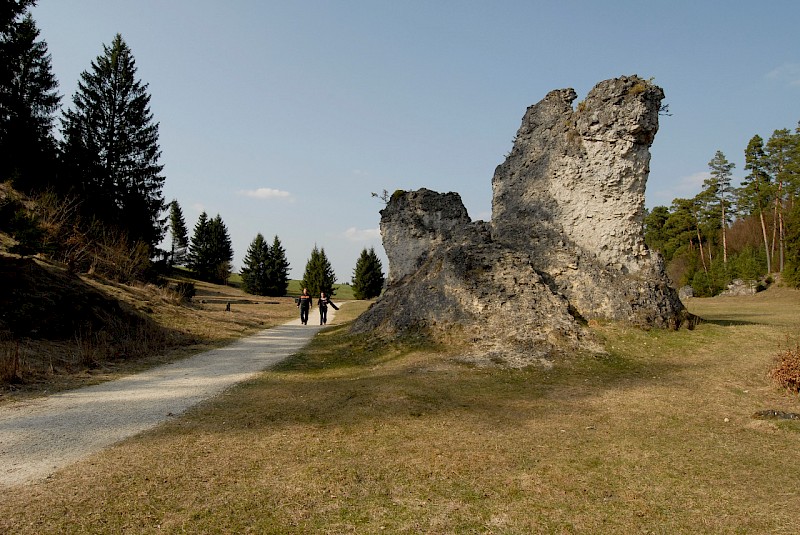
Wen Valley
The Wen Valley, situated on the karst plateau of the Swabian Alb, is a typical dry valley and a result of karstification and ancient fluvial erosion. Today, there is no river at the base of the valley, since the drainage is solely underground. Part of the Wen Valley is the “Stony Sea”, where dolomite rocks have been eroded to bizarre rock formations. It is the home to many rare plants and animals and most of the valley is part of nature reserves.
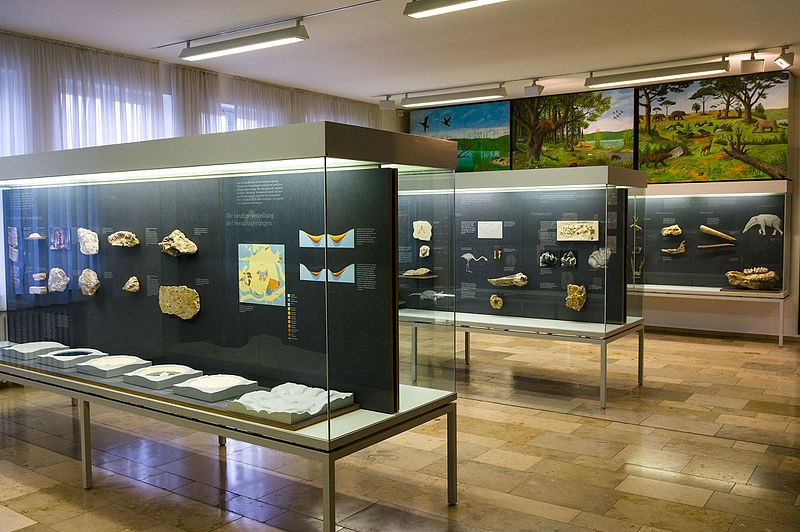
Meteor Crater Museum
The Steinheim Crater has formed as the result of a meteoritic impact about 14.5 million years ago (probably simultaneously with the neighbouring and much larger Nördlinger Ries Crater). In the Steinheim Crater the central uplift is visible, which is a rather rare phenomenon in meteoritic craters. The museum, which is a Geopark Infocentre since 2005, not only exhibits rocks that were marked by the impact, like shatter cones, but also offers a view to the Miocene fauna and flora, reconstructed from numerous well-preserved fossils from the post-impact crater lake deposits.
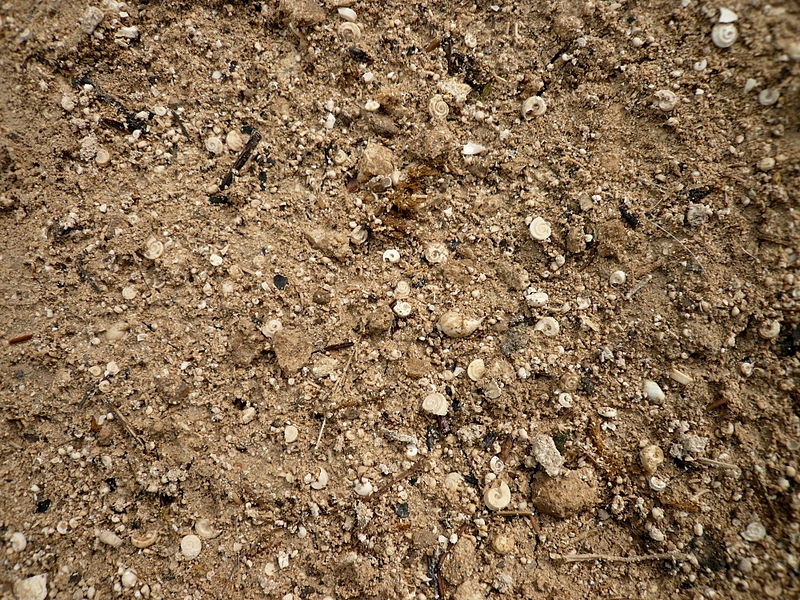
Sand Pit in the Steinheimer Becken
At this sand pit snails from the former crater lake can be found in large numbers. Franz Hilgendorf noticed that the shells in the Steinheim crater sediments show a gradual transformation in shape during time. When he wrote about his discoveries on Planorbis multiformis in 1866 he delivered the earliest fossil evidence for Darwin’s theory of evolution.
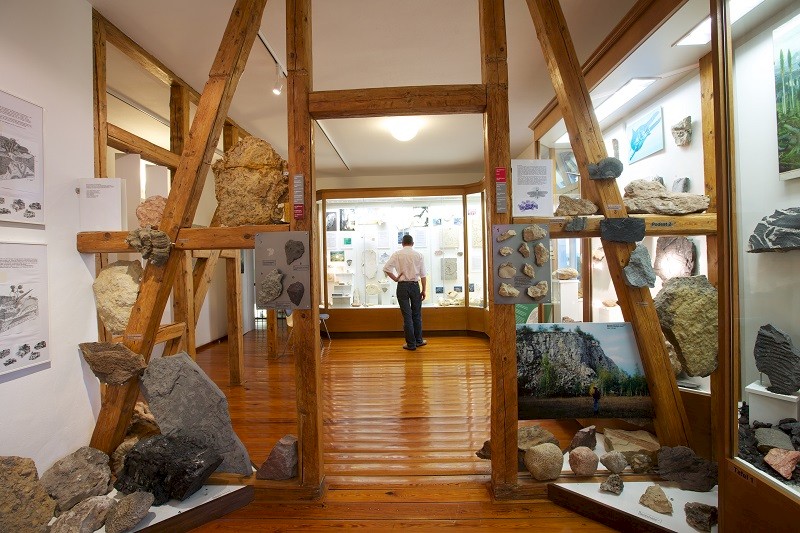
Coral Reef Museum
The Geopark Infocentre Coral Reef Museum in Gerstetten‘s historic railway station building is rightly considered to be something special on the museum scene. The visitor enters the Gerstetten Reef - an underwater paradise of corals and sponges - and experiences the former fascinating underwater world of the Late Jurassic Sea. The Gerstetten coral fauna is among the richest of this period; more than 150 species have already been discovered. Due to silicification of the original calcareous skeletons the corals are largely protected against decay. After the uncovering with hydrochloric acid the corals exhibit their fantastic variety of forms.
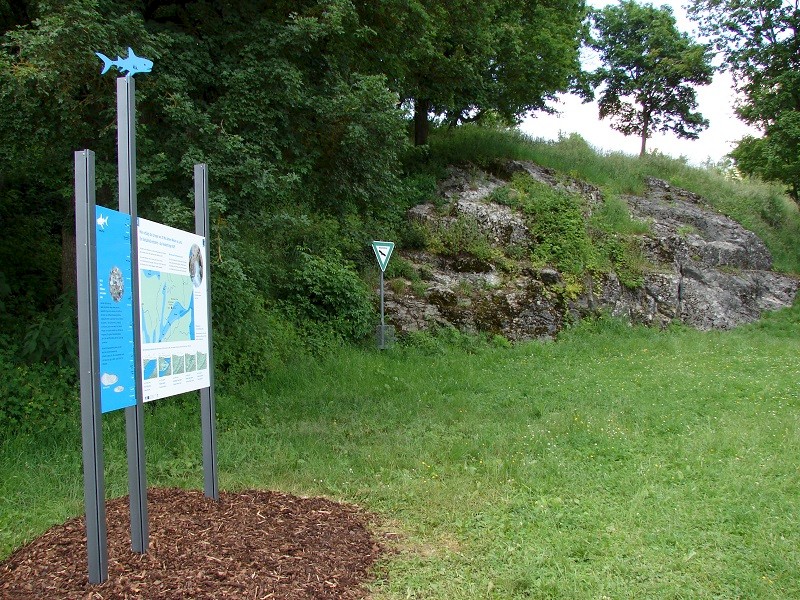
Cliff of Heldenfingen
In the village of Heldenfingen the former coast line of the Molasse Sea can be seen as a cliff of Jurassic limestones, which has formed in Early Miocene times. Holes from rock-boring bivalves and smaller organisms can still be seen in the limestones of the cliff. Here the “cliff line” is located at 580 m above modern sea level, whereas about 150 km to the south-west it can be found at 830 m above sea level. This gives a good impression of the extent of the uplift and tilting of the Alb plateau.
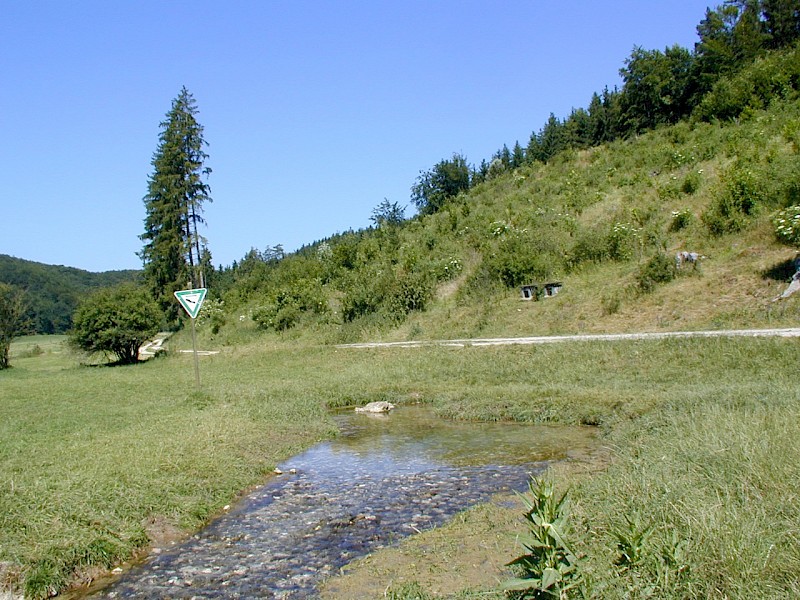
Hungerbrunnen
The Hungerbrunnen (hunger-well) is a karst spring that only carries water after events of very heavy rainfall. In former times the local people used to see it as a bad omen when they found water coming from this spring, for this meant a wet summer that would probably result in a bad harvest. The name “Hungerbrunnen” originally only referred to this particular spring. Nowadays it is often used as a general term to describe springs that only periodically carry water.
